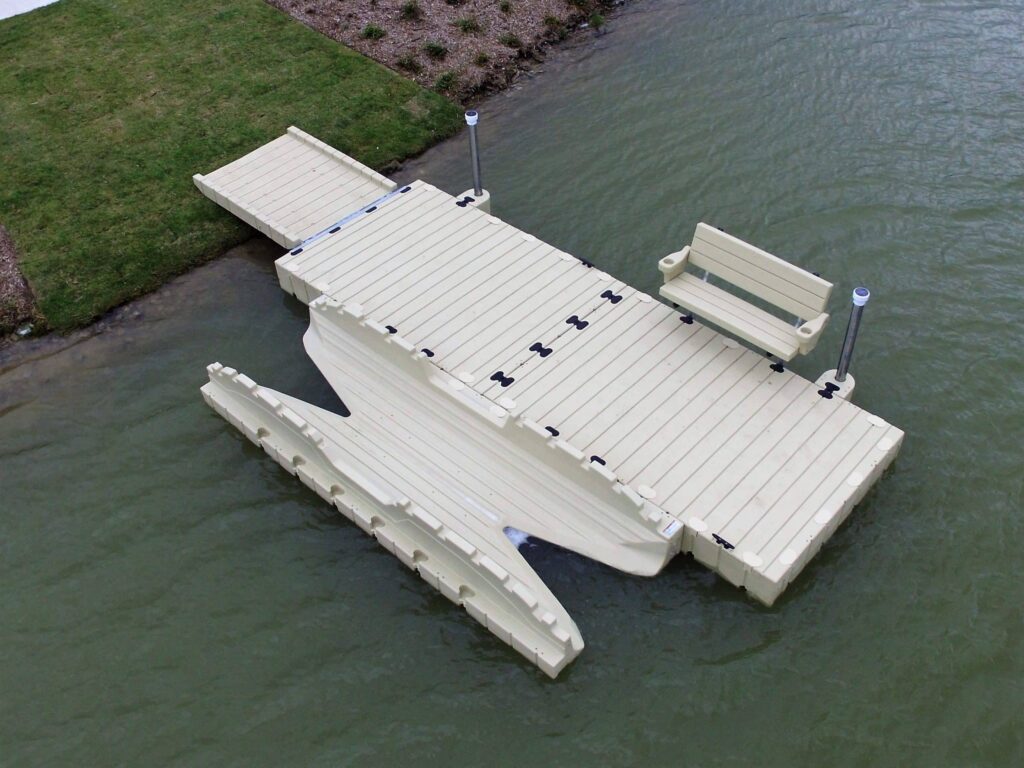Fish farming, also known as aquaculture, is increasingly recognized as a vital solution to the growing global demand for food, particularly in light of the challenges posed by climate change, overfishing, and unsustainable agricultural practices. This method of farming provides a sustainable way to produce fish for human consumption while simultaneously contributing to food security, reducing the pressure on wild fish populations, and generating economic opportunities in many communities. One of the main benefits of fish farming is its ability to meet the increasing demand for seafood. Wild fish stocks are already under strain due to overfishing, habitat destruction, and changing ocean conditions. Fish farming offers an alternative by allowing for the controlled production of fish in both freshwater and marine environments, helping to fill the gap between supply and demand. Aquaculture produces a wide range of species, including salmon, tilapia, catfish, and shrimp, providing consumers with more affordable and accessible options for healthy protein sources.

Moreover, fish farming business can be a more environmentally friendly option compared to traditional animal agriculture. Livestock farming, particularly beef and pork, is resource-intensive, requiring large amounts of land, water, and feed, and often contributes to deforestation and greenhouse gas emissions. In contrast, fish farming, when managed properly, tends to have a lower environmental footprint. Fish are more efficient at converting feed into body mass compared to land-based animals, and farming fish in controlled environments can help reduce the need for wild-caught fish, which often depletes marine ecosystems. In addition to its environmental benefits, fish farming can play a crucial role in enhancing food security, particularly in regions that lack access to land for traditional agriculture. Aquaculture provides a reliable source of protein, which is essential for human nutrition, and can be cultivated in areas that might not be suitable for crop farming. Small-scale fish farms can be established in rural or coastal areas, offering economic opportunities for local communities, creating jobs, and improving livelihoods. Furthermore, the industry can also support local economies through the production of fish feed, equipment, and transportation, benefiting not only farmers but also supply chain workers.
However, to unlock the full potential of hisea dock fish farming and ensure its long-term sustainability, several challenges must be addressed. One significant concern is the environmental impact of poorly managed aquaculture systems. These include issues such as water pollution from excess feed, fish waste, and the spread of diseases. To mitigate these effects, it is essential to implement sustainable farming practices, such as integrating aquaculture with other agricultural systems e.g., rice-fish farming, reducing the use of antibiotics and chemicals, and improving waste management techniques. Fish farming holds immense potential to address the global challenges of food security, environmental sustainability, and economic development. By adopting sustainable practices and leveraging technological advancements, the aquaculture industry can significantly contribute to meeting the world’s growing food demands while minimizing its impact on the environment. However, it requires careful management, innovation, and collaboration among stakeholders to ensure that fish farming remains a viable and sustainable solution for future generations.